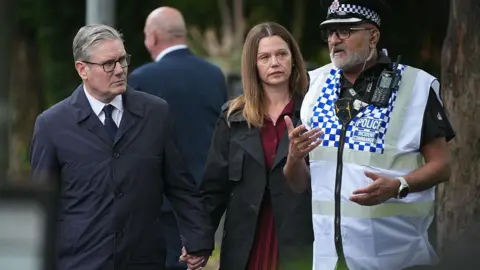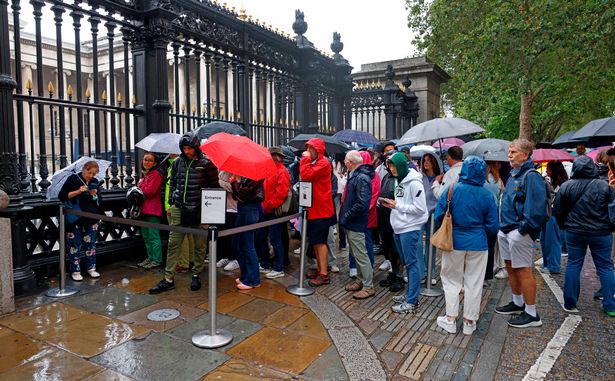Under the new regime, those entering the British Museum from Great Russell Street will still need to go through the security tent that is there now, but rather than queuing up to enter, they’ll get in via a free-for-all throng
The British Museum will ban queues and welcome free-for-all scrums later this month in a move jokingly criticised as “extremely un-British”.
This week the London museum has unveiled plans to change the way that visitors get inside. The new entry procedures will be from Wednesday, 17 September to Tuesday, 23 September.
Under the new regime, those entering from Great Russell Street will still need to go through the security tent that is there now, but rather than queuing up to enter, they’ll get in via a free-for-all throng.
The museum’s spokesperson explained that “visitors will be able to move freely in the area adjacent to the lawns.” However, those with BM membership will still retain a fast-track entry lane going into the security tent, as they currently do.
READ MORE: Spain’s cheapest beach city has £3 beers, a huge fortress and beautiful golden beachesREAD MORE: Virgin Atlantic urges passengers to use new feature that makes check-in quicker
The British Museum spokesperson said: “As part of the planning for the Visitor Welcome Pavilions, we will be running a trial of new entry procedures at the Great Russell Street entrance in September to help deliver the best experience for everyone coming on site.”
Ian Visits, who broke the news, jokingly referred to the plans as “extremely un-British”, adding “Goodness me, it’s almost continental!”
New Visitor Welcome Pavilions are expected to be opening in Spring 2026, which is part of the institution’s longer-term Masterplan which is intended to make the British Museum the most welcoming and accessible museum in the world.
The trial this month is part of the museum’s plan to finally replace its temporary security sheds with a more permanent, architecturally suitable structure. The plastic sheds have been there since 2016. The new pavilions have been designed by architectural firm Studio Weave after it won a competition run by the British Museum last year.
When Studio Weave was announced as the winner last December, Nicholas Cullinan, the museum’s director, said: “We were very impressed by Studio Weave’s initial proposals. They perfectly balance a thoughtful visitor experience while remaining true to the British Museum’s historic building. I’m delighted to be working with them, and I look forward to leading the development of the designs in consultation with the London Borough of Camden and other key stakeholders to create something very special for everyone.”




